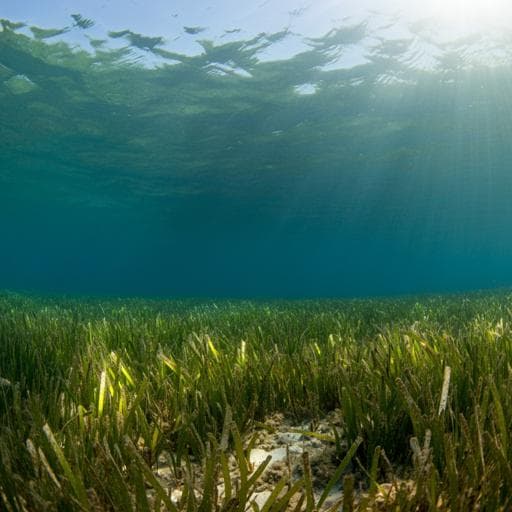
Environmental Studies and Forestry
Rapid sea level rise causes loss of seagrass meadows
K. A. Capistrant-fossa and K. H. Dunton
Discover the alarming trends in global seagrass decline revealed by Kyle A. Capistrant-Fossa and Kenneth H. Dunton. This study uncovers how rising water depths have led to the disappearance of vital seagrass species in the Gulf of Mexico, raising concerns for the future of these ecosystems.
~3 min • Beginner • English
Related Publications
Explore these studies to deepen your understanding of the subject.







